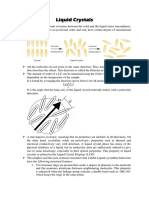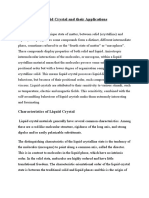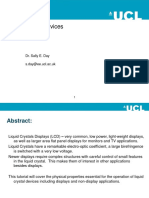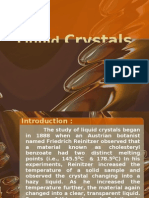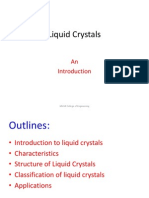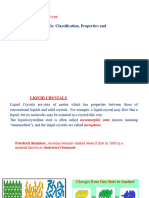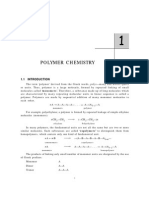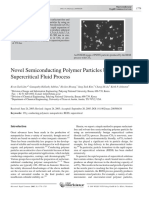0% found this document useful (0 votes)
10 views11 pagesModule 2 - Materials For Display Systems
The document discusses materials used in display systems, focusing on liquid crystals and various types of light-emitting diodes (LEDs), including OLEDs, QLEDs, and LECs. It outlines the properties, classifications, and applications of liquid crystals, as well as the operational principles and advantages of different LED technologies. Additionally, it covers the role of photoactive and electroactive materials in displays, and highlights the significance of nanomaterials in optoelectronic devices.
Uploaded by
ktvinyas00Copyright
© © All Rights Reserved
We take content rights seriously. If you suspect this is your content, claim it here.
Available Formats
Download as PDF, TXT or read online on Scribd
0% found this document useful (0 votes)
10 views11 pagesModule 2 - Materials For Display Systems
The document discusses materials used in display systems, focusing on liquid crystals and various types of light-emitting diodes (LEDs), including OLEDs, QLEDs, and LECs. It outlines the properties, classifications, and applications of liquid crystals, as well as the operational principles and advantages of different LED technologies. Additionally, it covers the role of photoactive and electroactive materials in displays, and highlights the significance of nanomaterials in optoelectronic devices.
Uploaded by
ktvinyas00Copyright
© © All Rights Reserved
We take content rights seriously. If you suspect this is your content, claim it here.
Available Formats
Download as PDF, TXT or read online on Scribd
/ 11





